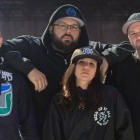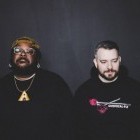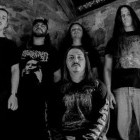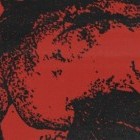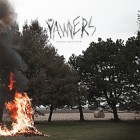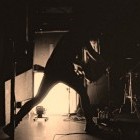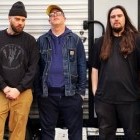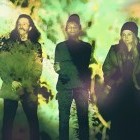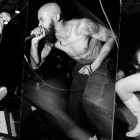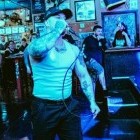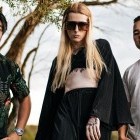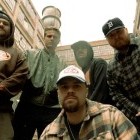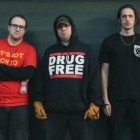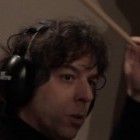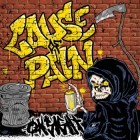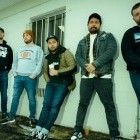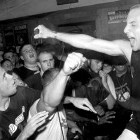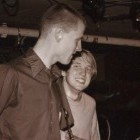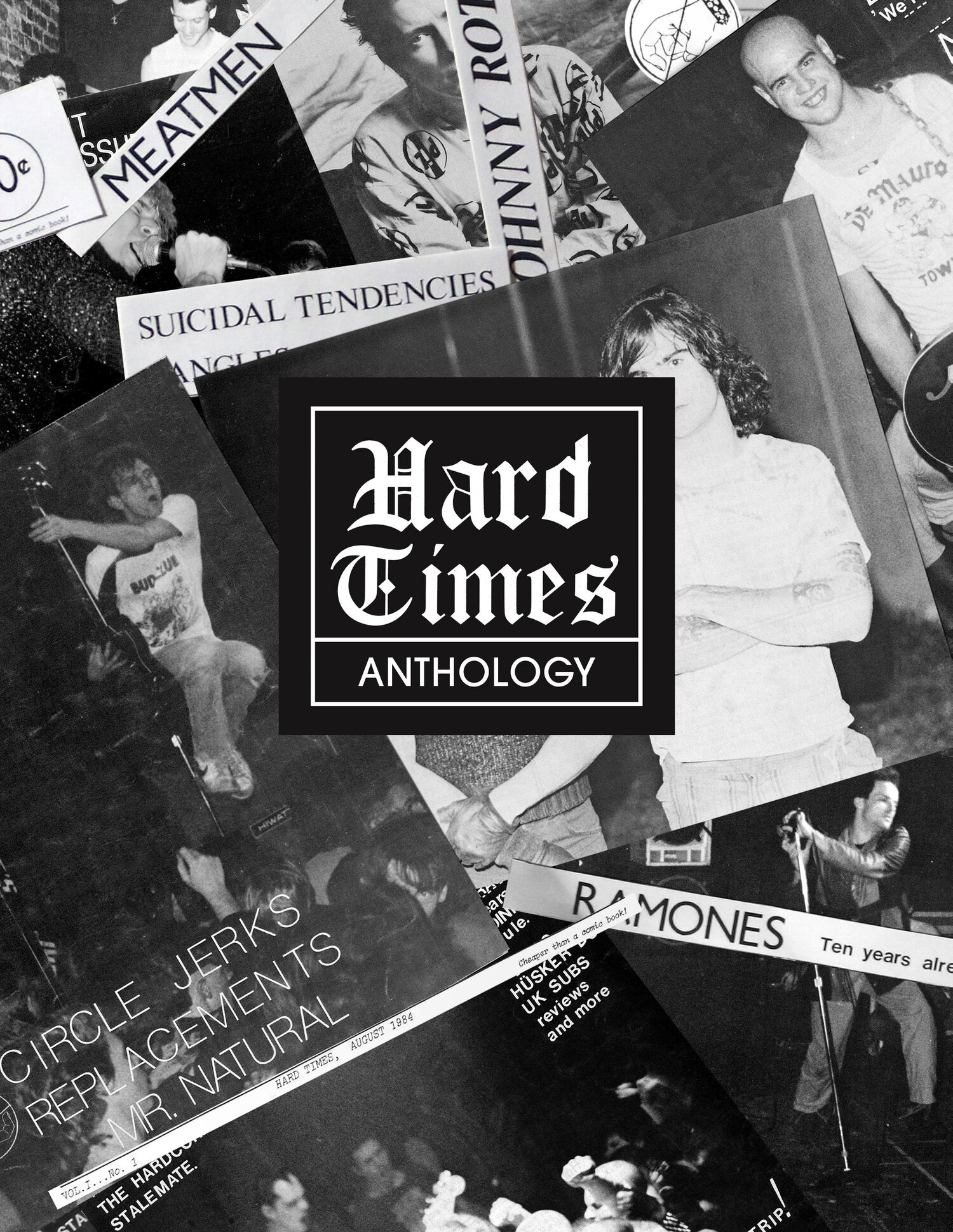
Hard Times Magazine: An Anthology of ‘80s Punk & Hardcore is a new title from DiWulf Publishing that collects every issue of the seminal '80s zine in one book.
Packed with great interviews, live photos, vintage ads, and new essays from Lyle Preslar (Minor Threat, The Meatmen), Howard Wuelfing (music journalist, publicist), and Tesco Vee (Touch & Go Records, The Meatmean), it's a fun read.
The zine was founded by Ron Gregorio, and was then later joined by Amy Yates Wuelfing. who is also a co-founder of the aforementioned DiWulf Publishing house. The company is behind such No Echo-friendly titles as No Slam Dancing No Stage Diving No Spikes An Oral History of the Legendary City Gardens and Urban Styles: Graffiti in New York Hardcore.
I spoke with Amy about the Hard Times book, her time in the hardcore scene, and some of her favorite pieces from the zine.
Since you were in the scene during its early days, tell me a bit about how you discovered hardcore punk. Who were some of the bands that first had a big impact on you during that time? -
Finding out about new things was really hard back in the '70s and '80s. I found out about punk rock, and by punk I mean the Sex Pistols and The Damned, by reading about them in Time magazine, of all places. “How horrible! The youth of Britain has gone wild!” I read the articles and saw the photos and realized these were my people.
And then I began trying to find college radio stations and record stores that carried that type of music. But it was exceedingly difficult back then. Some of the bands that had the biggest impact on me were the first wave of punk bands, and then later hardcore bands like Black Flag and the Dead Kennedys.
I had gone to see “rock and roll” arena rock shows, my first concert was Bruce Springsteen when I was 13, and I liked those shows just fine. But after seeing punk played in a small club, I realized that there was a whole other world out there and I needed to be part of it.
As soon as I turned 16, I got my driver’s license and began driving to Philadelphia, and later NYC, to see shows whenever I could. It wasn't hard to find likeminded people, because we all stood out like sore thumbs.
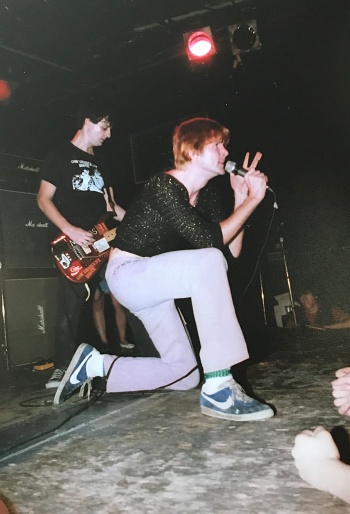
How did you and Hard Times founder Ron Gregorio become friends, and how did the zine get started?
Ron started Hard Times just to write and meet and see bands. He was also really into photography and wanted the opportunity to shoot some of his favorite bands. You can see his photos in the Hard Times Anthology. He grew up right across the river from New York City, and from a very young age went to punk shows in the area. He just got the idea to start this magazine after a couple bad experiences trying to write for other publications.
I met him when I bought a copy of the magazine at a Black Flag show at City Gardens. We just said hello, and not much else. I went home and saw a little ad in the magazine that Hard Times was looking for writers. And I thought, “Maybe I can do that!” I contacted him and he was basically like, “Yeah, just go interview a band, write it up, send it to me and I'll run it.”
I drove to Sears and bought myself a little cassette recorder, and then drove to Philadelphia to interview the Dead Milkmen and the Butthole Surfers. The Dead Milkmen were wonderful, and the Butthole Surfers were not.
After the magazine ended, we have stayed friends for the next 30+ years. As I was cleaning out my attic, I found the old paste-up boards for Hard Times issue #8, which was never produced because we ran out of money. I got the idea to put that together, and then the idea of an anthology just came from that.
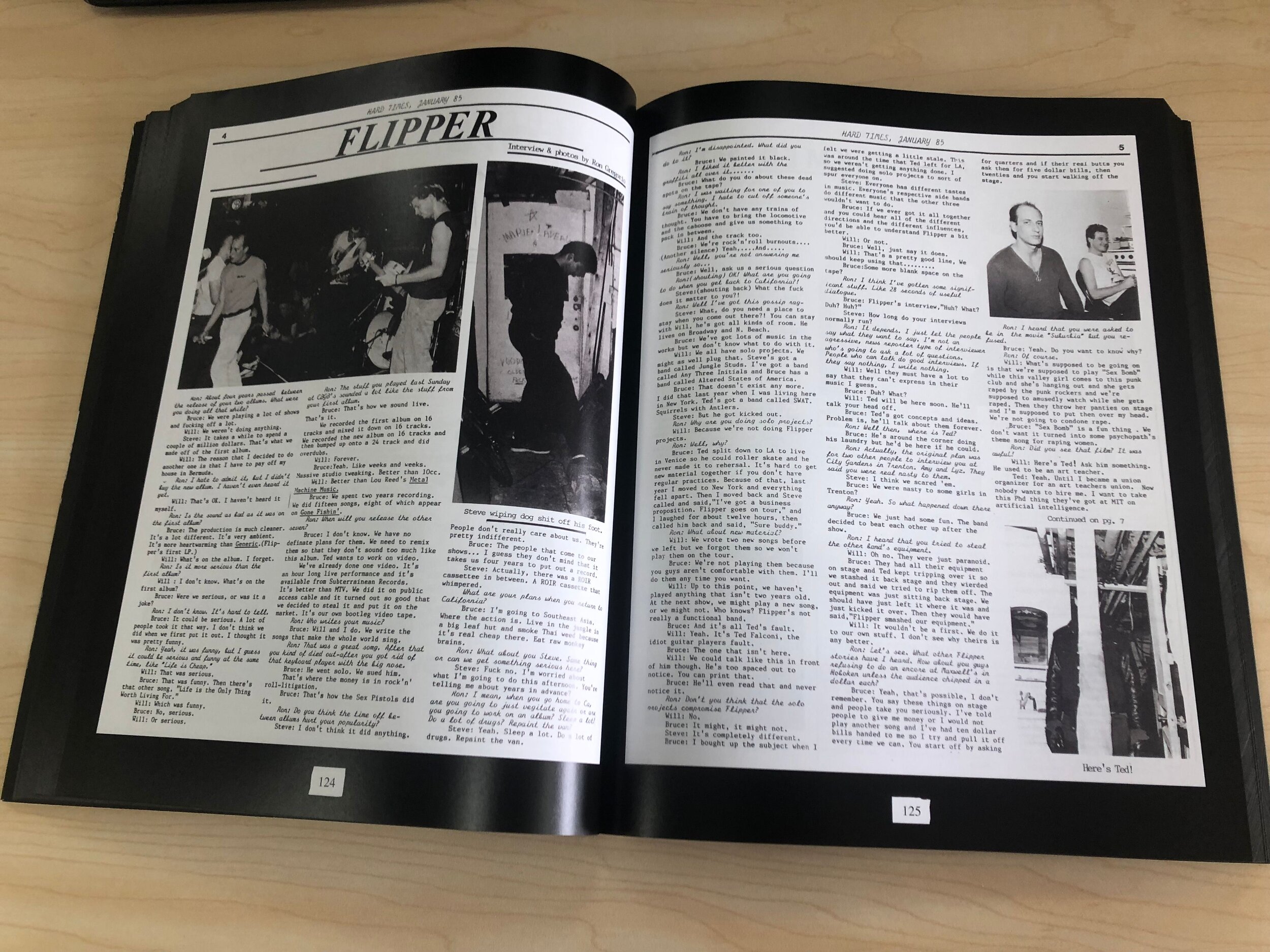
What were some of the tougher aspects of doing Hard Times back then? That was all done way before desktop publishing existed, so I’m curious to the hands-on approach—literally—you guys took on putting an issue together.
I hate to say it was easier, but in a lot of ways it was easier. And yet, it was harder.
We had to type everything out on a manual typewriter, and make sure that the columns were the correct width. Then we cut that out with scissors and pasted it onto a paste-up board. Paste-up board was thick stock paper, with gridlines so that you could keep everything straight. The gridlines were light blue and didn’t get picked up by the printer’s “camera.”
All the headlines were done with something called Letraset. I don't think it's even produced anymore, but you can buy it on eBay. I think graphic designers use it when they want something to look really old. It came on sheets and you rubbed them off onto the paste-up board. It was like the Flintstones putting together a newspaper – the only thing missing was Dino [laughs].
You pasted the page together the actual size you wanted it to be, took it to the printer, and they made a magazine out of it. It was very easy to screw things up, but it was also very easy to fix. If I didn't have those old paste-up boards from Hard Times #8 that Ron gave to me, and totally forgot about, I never would have even remembered that we had done it.
I think one of the downsides of digital is if you lose that computer, or switch to another computer, I think you lose a lot along the way. This is same way with photographs. Shooting on film and having it developed was expensive and a pain in the ass but then you have those prints forever.
I think the ease of digital has made things more disposable and more easily lost. So there's good and bad with both the old way and the new way.
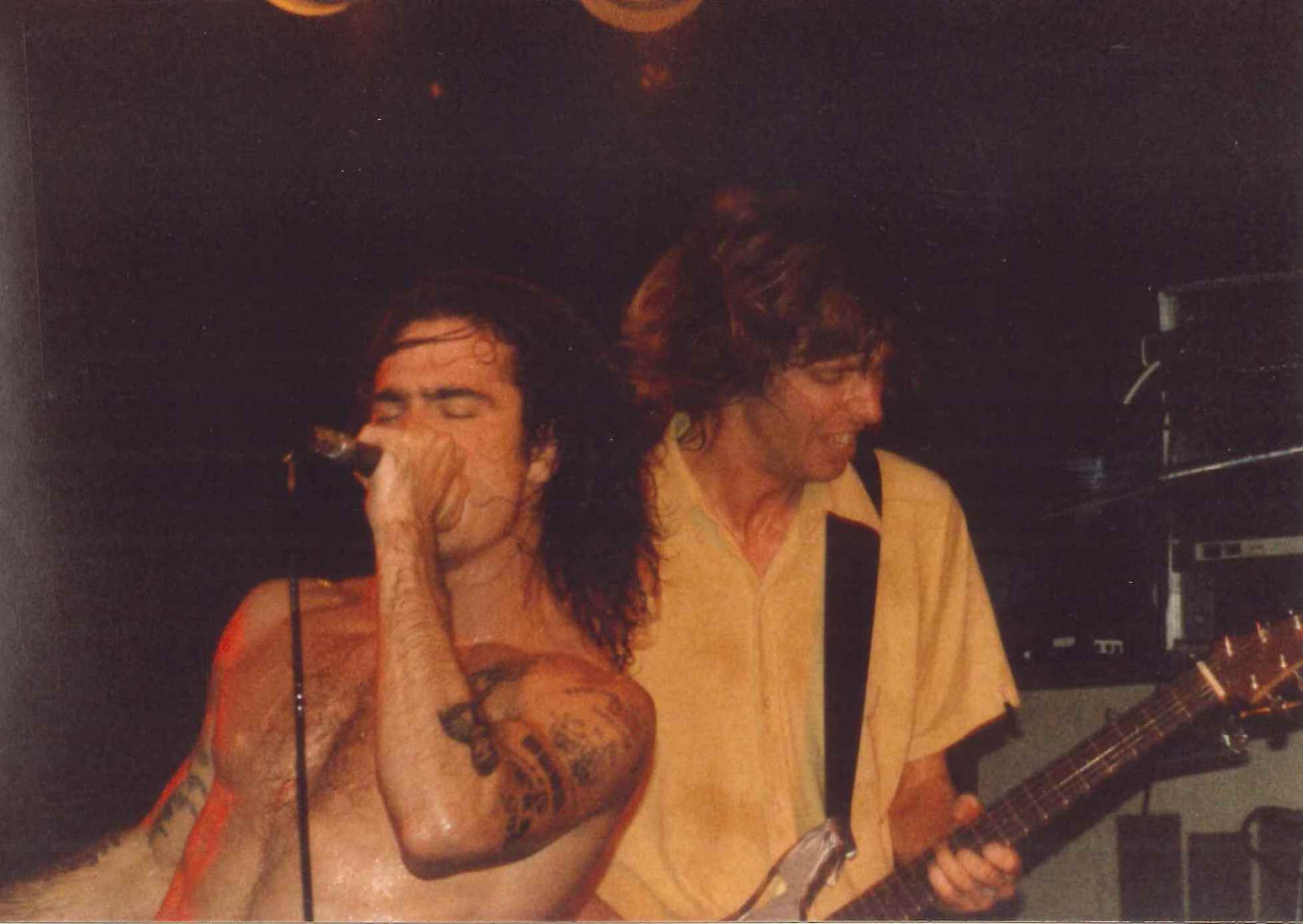
How long did it take to put the book together, and was Ron game right away, or did he take some convincing?
The book took a while to put together, just because we were distracted by other things. Ron was game for it but stated pretty clearly that he wasn't going to be much help [laughs]. It was pretty much up to me and Steven DiLodovico to get everything done.
And we have a wonderful book designer, Orlando Arce, who made it look great. It was a COVID lockdown project.
The difficult part was trying to assemble all the photographs, there was so much we had to leave out. But overall, it didn't take that long. As we neared the end, and it looked like it was really going to happen, then Ron became more involved and wanted to write some things that are included in the anthology.
Of all the cool stuff Hard Times featured within its pages, what is your favorite piece from its original run?
I still think one of the best and funniest things in the original run of Hard Times was Ron's interview with Glenn Danzig. It took place in Glenn's parents’ basement, which is where he lived. Considering how big he got later, and his goth image, I just think it's great to have this article that documents what it was like for him when he was young and first starting out.
Same with the Samhain photos where they were playing a rec center. And the Black Flag photos from when they played a roller rink. These bands are so legendary now, but at that time not that many people gave a shit.
Also, the DIY aspect of playing shows is front and center in a lot of the photos. It is great to look back and get inspired about all the things we can do if we really try.
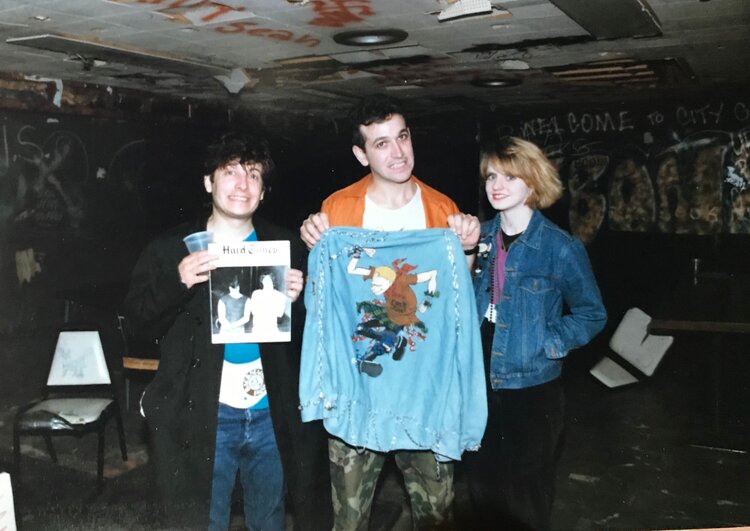
***
Hard Times Magazine: An Anthology of ‘80s Punk & Hardcore is available now from DiWulf Publishing.
***
Help Support What No Echo Does via Patreon:
***
Tagged: black flag, government issue, samhain

